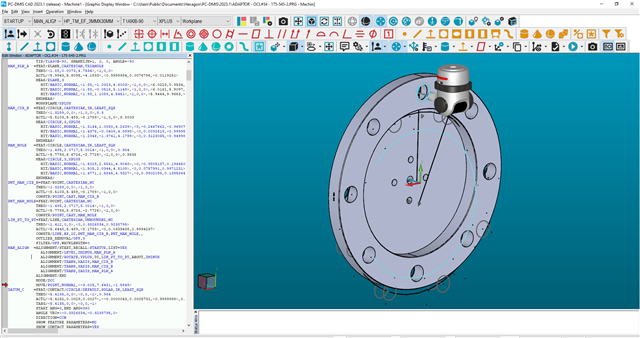In the year or so I've been using pc-dmis I always have problems when I make a significant change to the way my part is fixtured and try to run a program. I have basically been starting over with a new program if I change the setup. However I recently put a lot of work into a program and dont want to start over so I'm trying to figure out how to do this correctly. Basically on this part I rotated the part 22.5° around the X axis from my original setup. When I measure the manual alignment features it doesn't line up with the CAD and ends up telling me the first dcc move is out of the stroke limit of my machine. I'm probably making a rookie mistake. I tried doing a cad transform and rotating the model 22.5° but that doesn't help. Thank you guys for your help.

